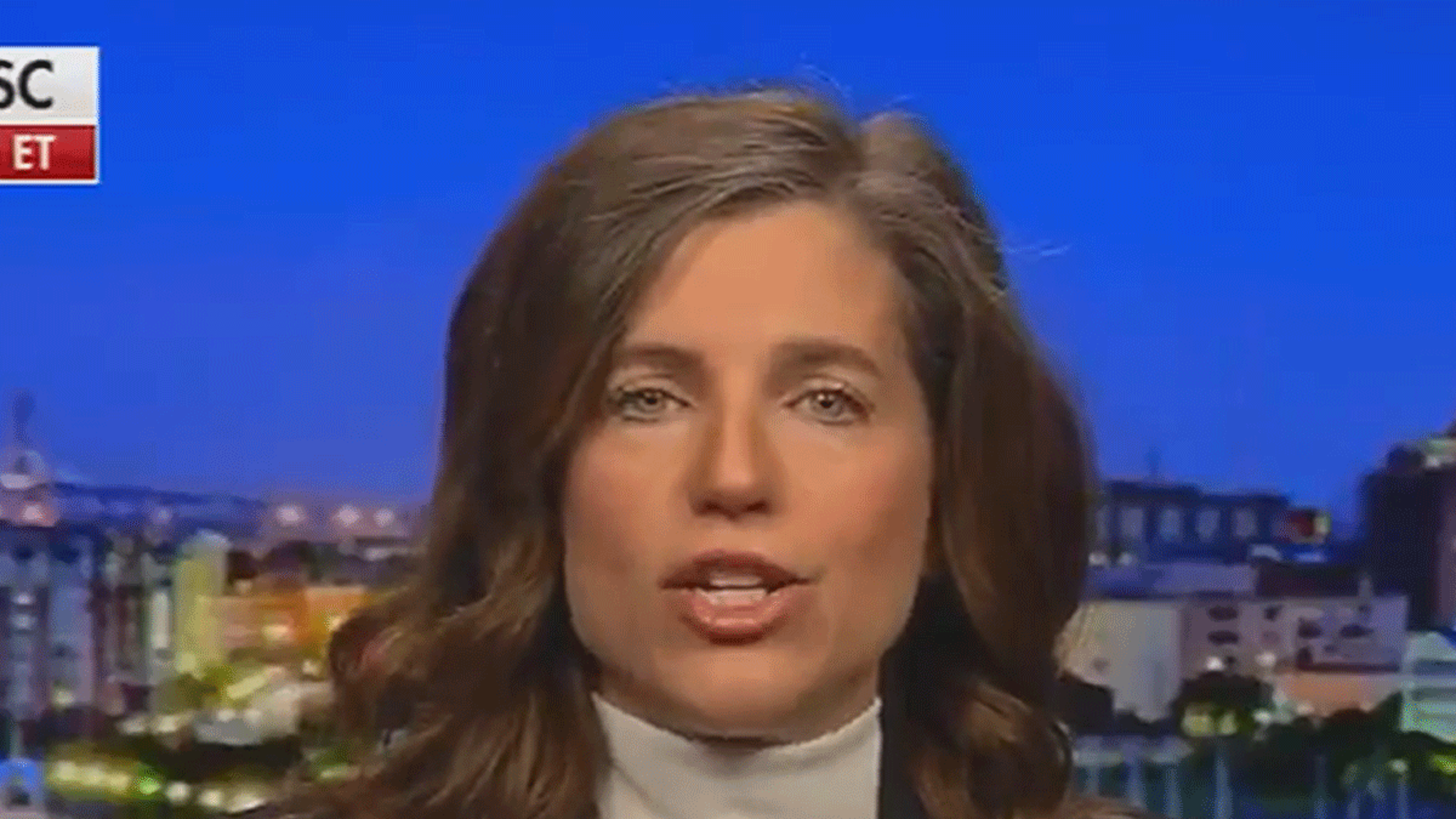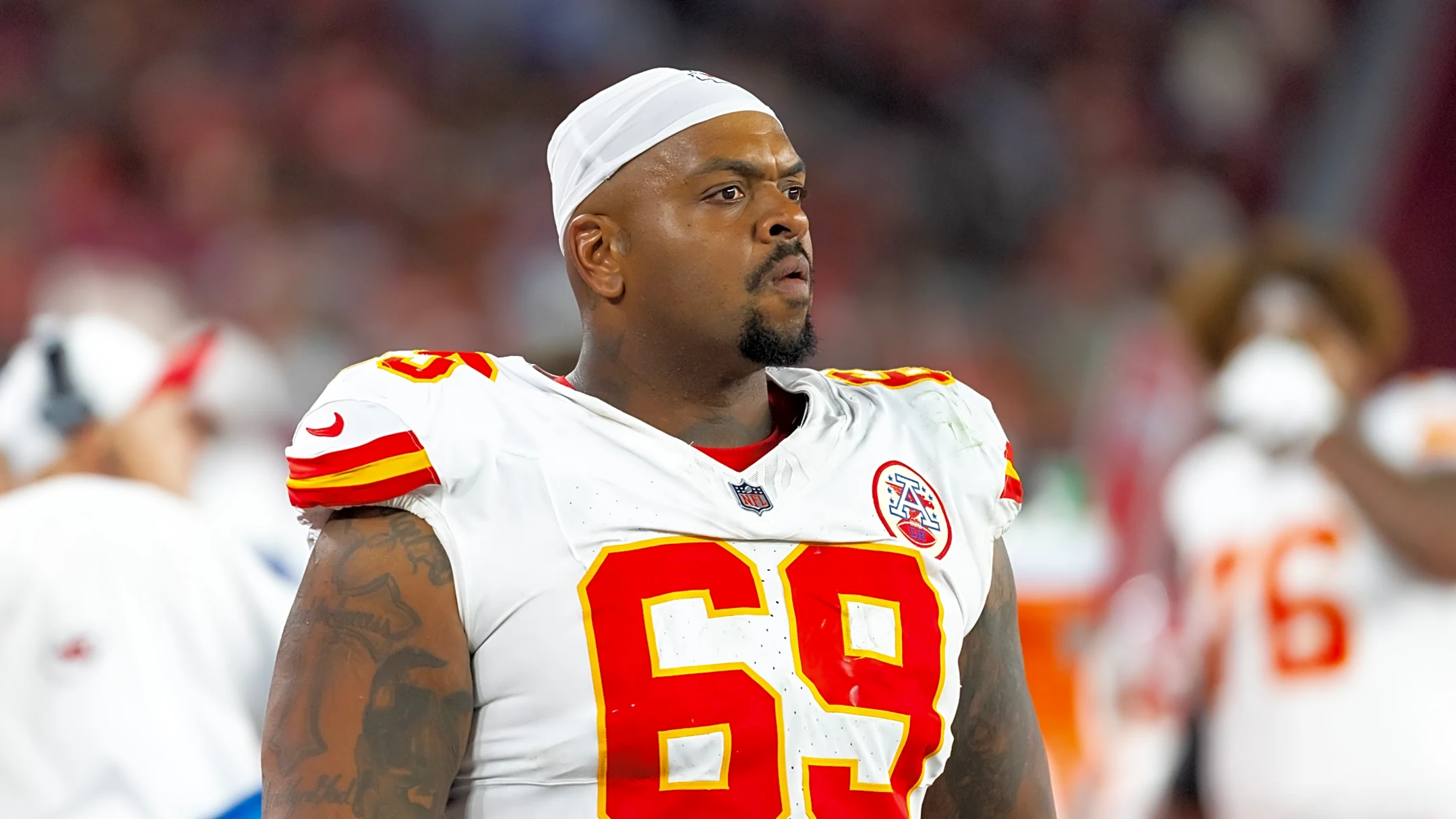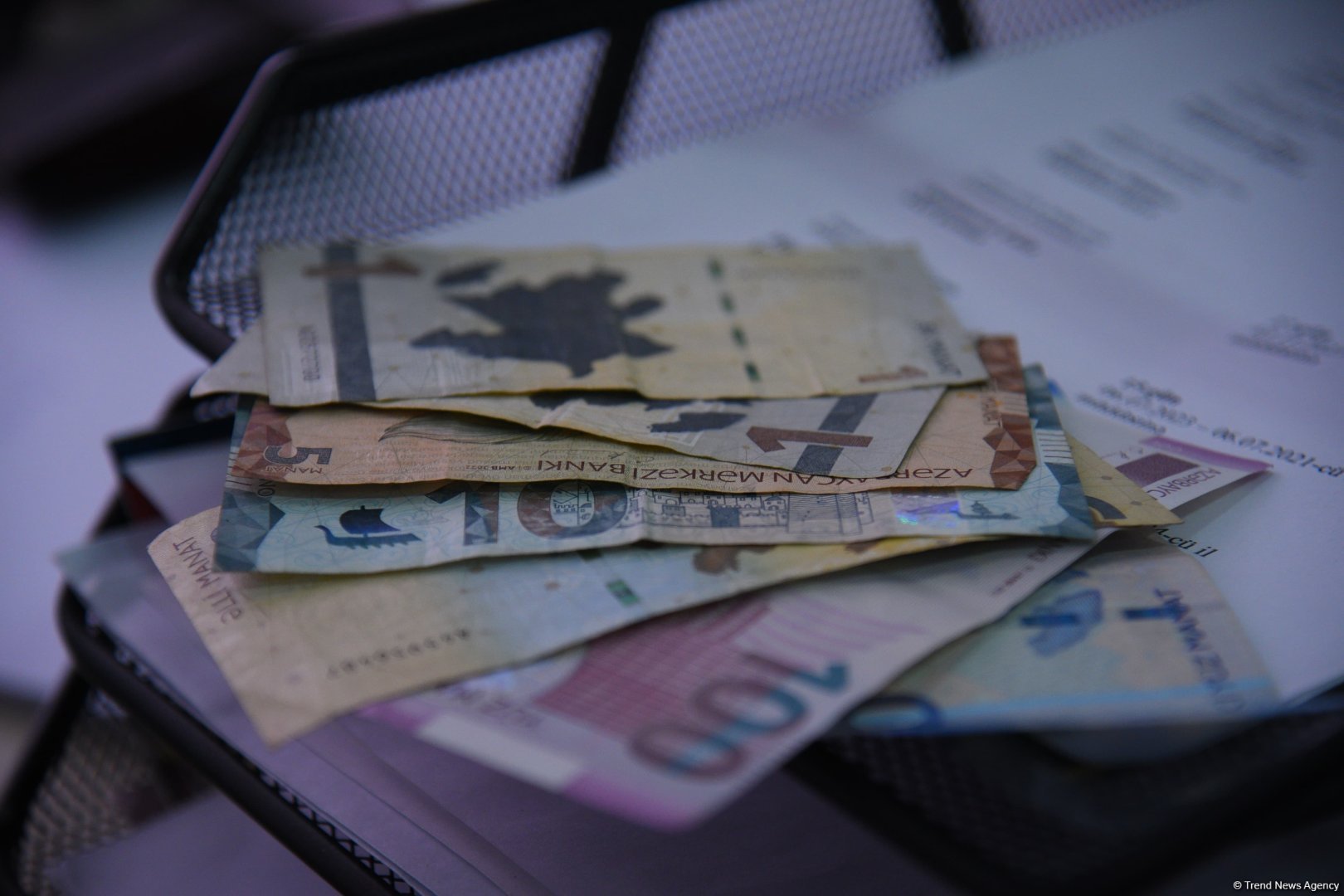Copyright scotsman

It is renowned as the ancient crowing place of Scottish monarchs and was the scene of Robert the Bruce’s coronation. Now Scone Palace will be transformed into a “world-class visitor attraction” under plans to recognise that heritage, with a major £10 million redevelopment of the site approved. A new visitor centre and adventure playpark will be created at the A-listed historic house, situated just north of Perth, as part of the overhaul. The plans, which have been in the pipeline for ten years, were approved by Perth and Kinross councillors on Wednesday. The palace’s disused stable building will be transformed into a visitor centre with a shop, restaurant and ticket office under the plans submitted by Stormont Trading LP. Architects Harry Taylor & Company will carry out the works. An adventure play park, a solar meadow with about 2,000 panels and a new 294-space car park will also be built. New cycling and pedestrian links will be added from Stormontfield Road. However, plans to install copper cladding on the remodelled stable building have been rejected. Historic Environment Scotland had expressed concern over the proposed copper cladding material. Perth and Kinross Council’s Conservation team also felt the use of copper was “not appropriate”. READ MORE: Take a tour of the grandiose Scottish castle that's Gleneagles' neighbour - on sale at £2,100,000 Applicant Viscount William Stormont, whose family have been custodians of Scone Palace for 400 years, told the council the proposals would allow the historic attraction to “continue to punch high” at a time when “visitor expectations have increased”. More than 120,000 people visit Scone Palace each year. Viscount Stormont said: “Next year is a special year, our 60th anniversary of opening to the public – a bold decision my great grandparents made and committed huge resources to. “It is our hope that the stables project will allow Scone to prosper anew for the next 60 years.” He added: “The attraction at Scone has not significantly evolved since 1966. Our ability to reinvest in the fabric of the palace and the other heritage assets we are privileged to be the stewards of is diminishing rapidly. Critically, we are a business – a significant local employer plus a partner and enabler to other local enterprises. “We want to continue to punch high, but are now battling in an increasingly competitive tourism market in Scotland. We – and indeed Perth Museum – need to compete with the likes of the V&A and Stirling Castle to draw people to visit and stay in Perth. “Visitor expectations have increased. Visitors demand special and memorable experiences. Our unique heritage in the stories we tell meet expectations. Our interpretation and facilities do not. This is why the stables project is so important to Perth, Scone and the region.” The redevelopment plans have been approved following the opening last year of the nearby £27m Perth Museum, which now hosts the Stone of Destiny - once sited at Scone Palace. Scone Palace was first built in the 1600s, before being reconstructed in 1808 for the Earls of Mansfield by William Atkinson. However, the site's history dates back much further, as it was the crowning place of the Kings of the Scots on the Stone of Destiny down to Alexander III. For centuries the greatest treasure at Scone was the Stone of Destiny upon which the early Kings of Scotland were crowned. Robert the Bruce was crowned at Scone in 1306 and the last coronation was of Charles II, when he accepted the Scots crown in 1651.



